7 Colonial-Era Churches in India for History Buffs
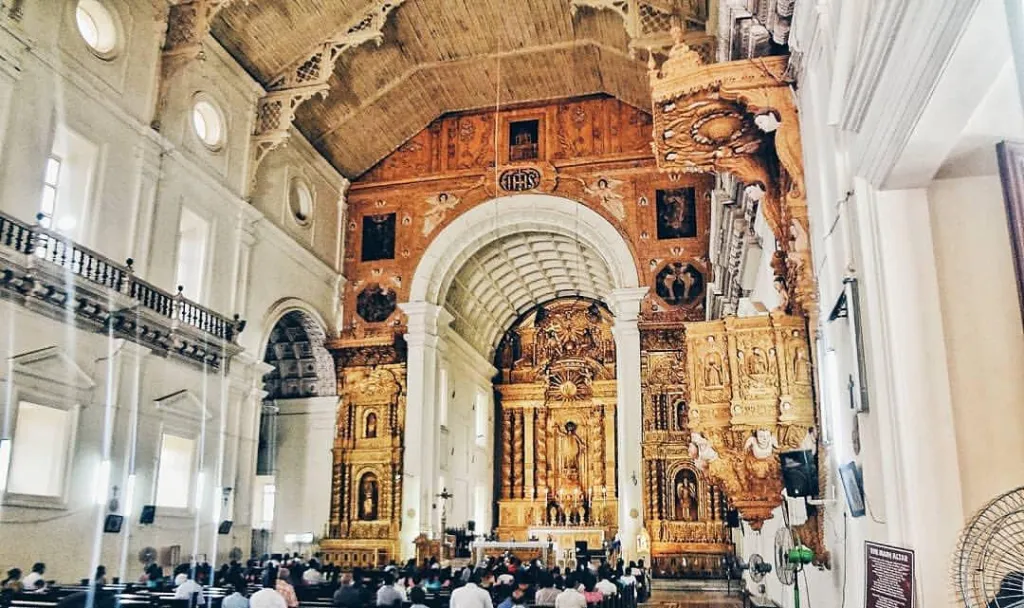
India is full of amazing history, and a big part of that is the time when European countries ruled. If you love history, checking out the old churches they built is a great way to see different architectural styles—from Portuguese Baroque to British Gothic—that were changed to fit the Indian climate.
Here are seven must-see colonial-era churches that tell powerful stories of faith and grand design:
1. Basilica of Bom Jesus, Goa
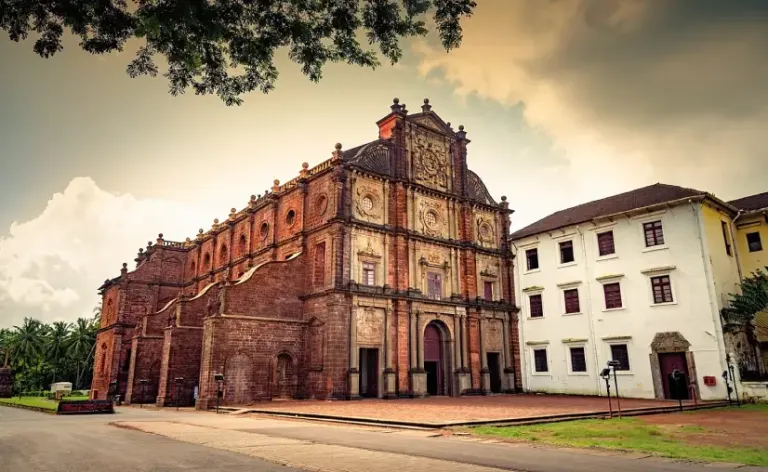
This is probably the most famous church in India! It's a UNESCO World Heritage Site and holds the remains of St. Francis Xavier, a very important figure in the Jesuit order. Built in 1605, it shows off the Baroque style with fancy decorations on the outside and inside, even though the main material is simple stone.
Location | Old Goa |
Built By | Portuguese |
Architectural Style | Baroque |
Entry Fee | Free |
Timings | Weekdays: 9:00 AM – 5:00 PM; Sunday: 11:00 AM – 5:00 PM (times may change due to services) |
2. St. Paul's Cathedral, Kolkata, West Bengal
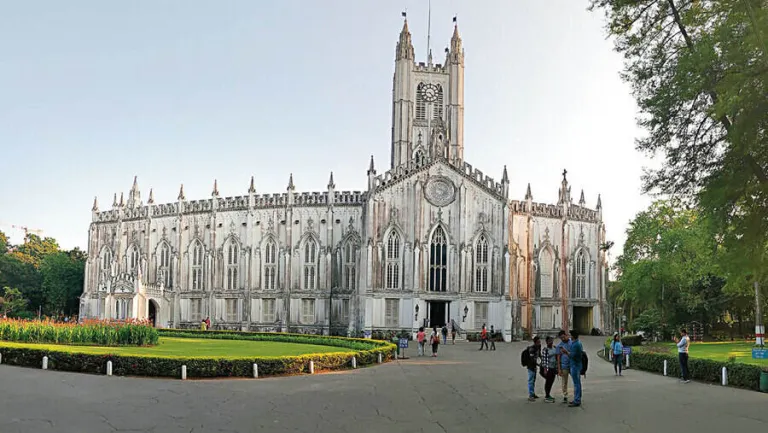
Finished in 1847, this was the first Episcopal Cathedral in all of Asia. It's a huge example of the Indo-Gothic style, which mixes European Gothic with features suited for India's weather. Since Calcutta was the capital of British India, this church was very important. Look for the tall spire and the beautiful stained-glass windows!
Location | Kolkata |
Built By | British |
Architectural Style | Indo-Gothic (Gothic Revival) |
Entry Fee | Free |
Timings | Generally 10:00 AM – 6:00 PM (Note: often closed briefly around noon) |
3. St. Francis Church, Kochi, Kerala
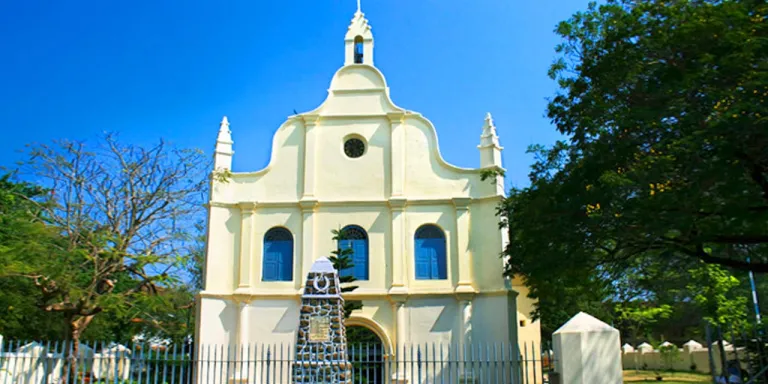
This is a really special place because it’s the oldest European church in India, originally built by the Portuguese in 1503. It's most famous for being the first resting place of the great explorer, Vasco da Gama. While his body was later moved, you can still see his original tombstone inside.
Location | Fort Kochi, Kerala |
Built By | Portuguese (later Dutch and British) |
Architectural Style | European Colonial |
Entry Fee | Free |
Timings | Monday - Saturday: 9:00 AM – 5:00 PM; Sunday: 1:00 PM – 5:00 PM |
4. Se Cathedral, Goa
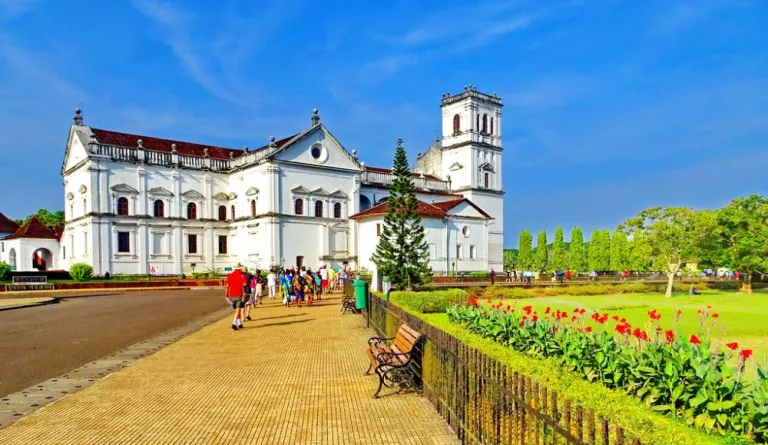
One of the largest churches in Asia, this huge cathedral was finished in 1619 to celebrate the Portuguese defeating a Muslim army. It features a mix of Manueline (a Portuguese style) and Renaissance architecture. You'll notice it only has one tower—the other fell down in 1776! It also has a massive gold-colored bell.
Location | Old Goa |
Built By | Portuguese |
Architectural Style | Portuguese-Manueline and Renaissance |
Entry Fee | Free |
Timings | Generally 7:30 AM – 6:00 PM daily |
5. Christ Church, Shimla, Himachal Pradesh
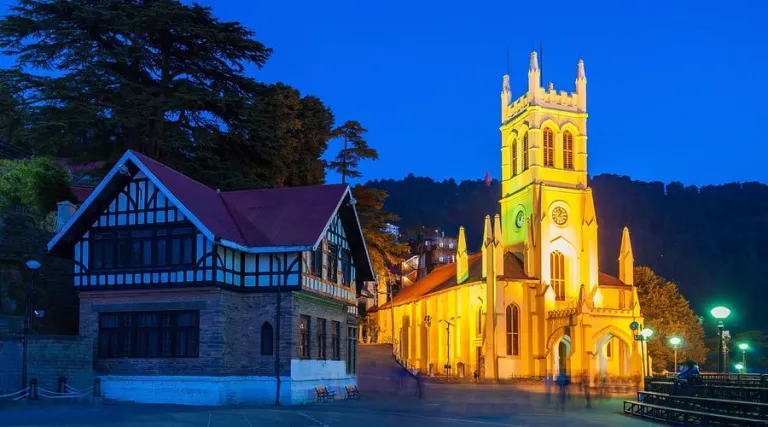
Sitting beautifully on The Ridge, this is the second oldest church in North India, built in 1857. Since Shimla was the summer capital for the British, this church was an important gathering spot. It’s built in the Neo-Gothic style with intricate Victorian craftsmanship and colorful stained-glass windows.
Location | The Ridge, Shimla |
Built By | British |
Architectural Style | Neo-Gothic |
Entry Fee | Free |
Timings | Generally 10:30 AM – 5:30 PM (often closed for a break around lunchtime) |
6. St. Mary's Church, Chennai, Tamil Nadu
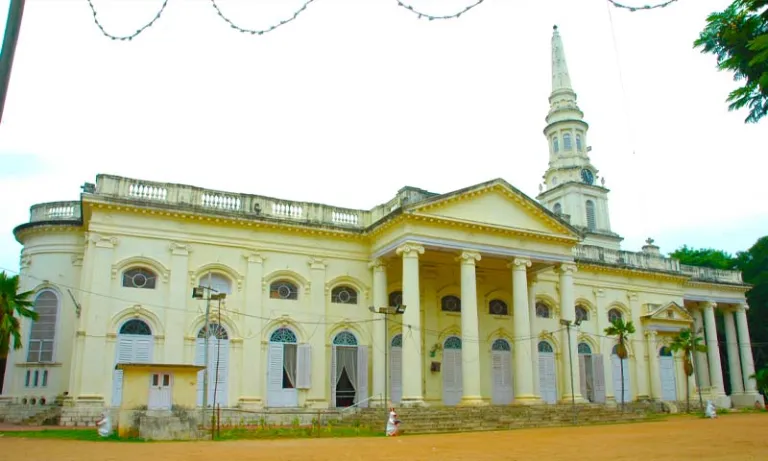
Located inside the old Fort St. George, this church, finished in 1680, is the oldest Anglican church in India and one of the oldest English structures east of the Suez Canal. It was designed to withstand attacks, with thick, strong walls. Its architecture is a simple, classic British style.
Location | Fort St. George, Chennai |
Built By | British |
Architectural Style | British Colonial |
Entry Fee | Free (You might have a fee to enter Fort St. George itself) |
Timings | Generally 9:00 AM – 5:00 PM |
7. St. Thomas Cathedral, Mumbai, Maharashtra
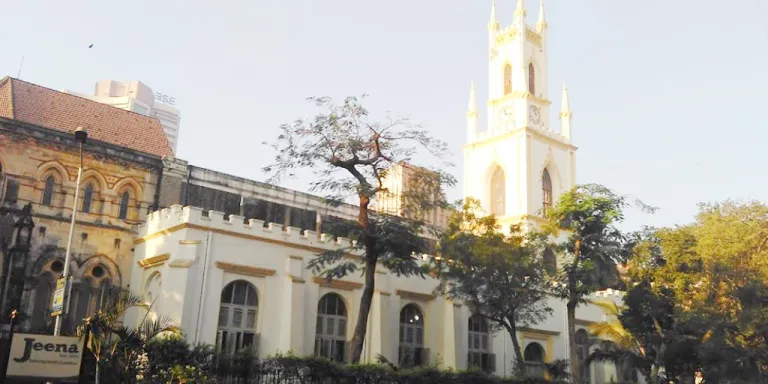
Completed in 1718, this was Mumbai's first Anglican church. It’s located right in the middle of the historical Fort area and is built in the early English Gothic style. This church was so important to the city's growth that the famous Churchgate railway station and neighborhood are named after one of its original gates.
Location | Fort Area, Mumbai |
Built By | British |
Architectural Style | Early English Gothic |
Entry Fee | Free |
Timings | Generally 7:00 AM - 6:00 PM Daily |
Indian Perspective
And there you have it! Seven stunning slices of history that show us how much of a melting pot India has always been. Isn't it wild how these gorgeous European designs stand right alongside our ancient temples and forts? It's proof that we Indians can take anything—Baroque, Gothic, or a simple sun-dried tomato—and make it completely our own. So next time you're wandering through a crowded city, take a moment to peek behind a corner; you might just find a centuries-old church waiting to tell you its story. Happy heritage hunting!
Published at
About Author
Tashvi Gala
Subscribe our Newsletter
Get our weekly tips and travel news!
Related Posts
10 Amazing New Attractions in Singapore - Indian Travelers Guide 2025
Explore the new yet amazing attractions of Singapore
10 Best European Countries to Visit in 2025
Discover the 10 best European countries to visit in 2025! From Italy and Spain to Greece and Germany, find your perfect European adventure.
10 Best Indian Beaches to Visit Post Monsoon
As the rains recede and golden skies return, India's beaches come alive. Here are 10 of the best coastal getaways to explore after the monsoon in 2025.
10 Best Places to visit in India in July Month
When July whispers in rain and the skies turn theatrical, India transforms into a lush, poetic escape. Here are the 10 best places to visit in India in July to soak in the monsoon magic.
10 Best Places to Visit in the Philippines With Friends for an Unforgettable Adventure
The Philippines offers the perfect backdrop for unforgettable adventures with friends.
Latest Posts
5 rooftop NYE Celebrations in mumbai with sea views
5 ultimate Mumbai rooftop parties for NYE! Celebrate with luxury, fireworks, and the best views of the Arabian Sea.
5 Living Root Bridge Villages in Meghalaya You Can Stay
Stay inside Meghalaya’s living root bridge villages, where the bridges grow, the forests breathe, and every path feels alive.
7 Bakeries in Kolkata Famous for Christmas Plum Cakes
Celebrate Kolkata’s Christmas with plum cakes from iconic spots like Nahoum’s, Flurys, and more.
Goa Calling! 7 Affordable New Year's Parties Under ₹5000 Entry
Get ready for a budget-friendly New Year's Eve! 7 best parties in Goa under ₹5000 entry. Dance, rave, or cruise!
5 Bamboo Cottages in Assam with Tea Estate Views Under ₹3500
Discover five charming bamboo cottages in Assam under ₹3500, offering tea estate views, rustic comfort, and immersive stays surrounded by serene green landscapes.

